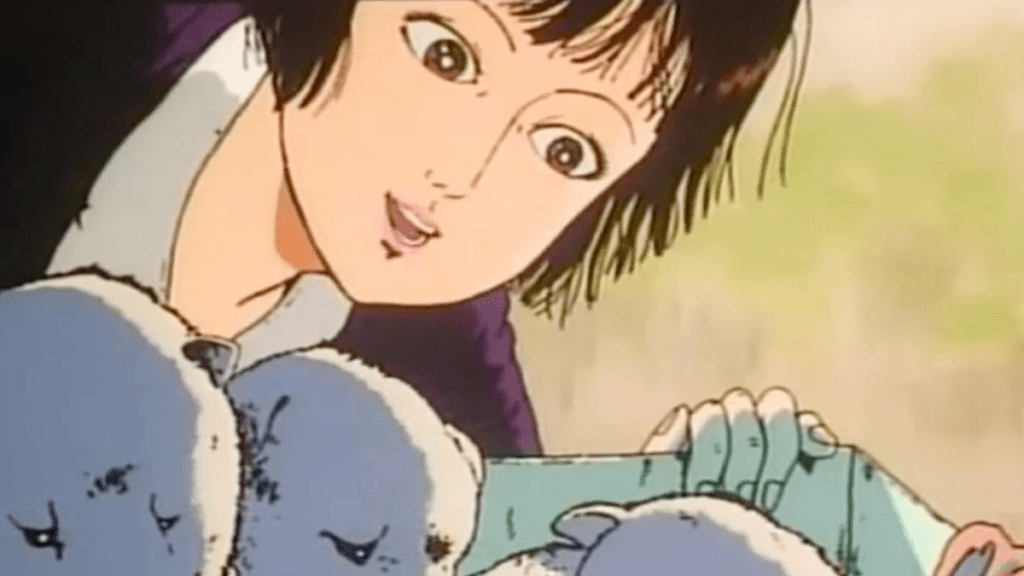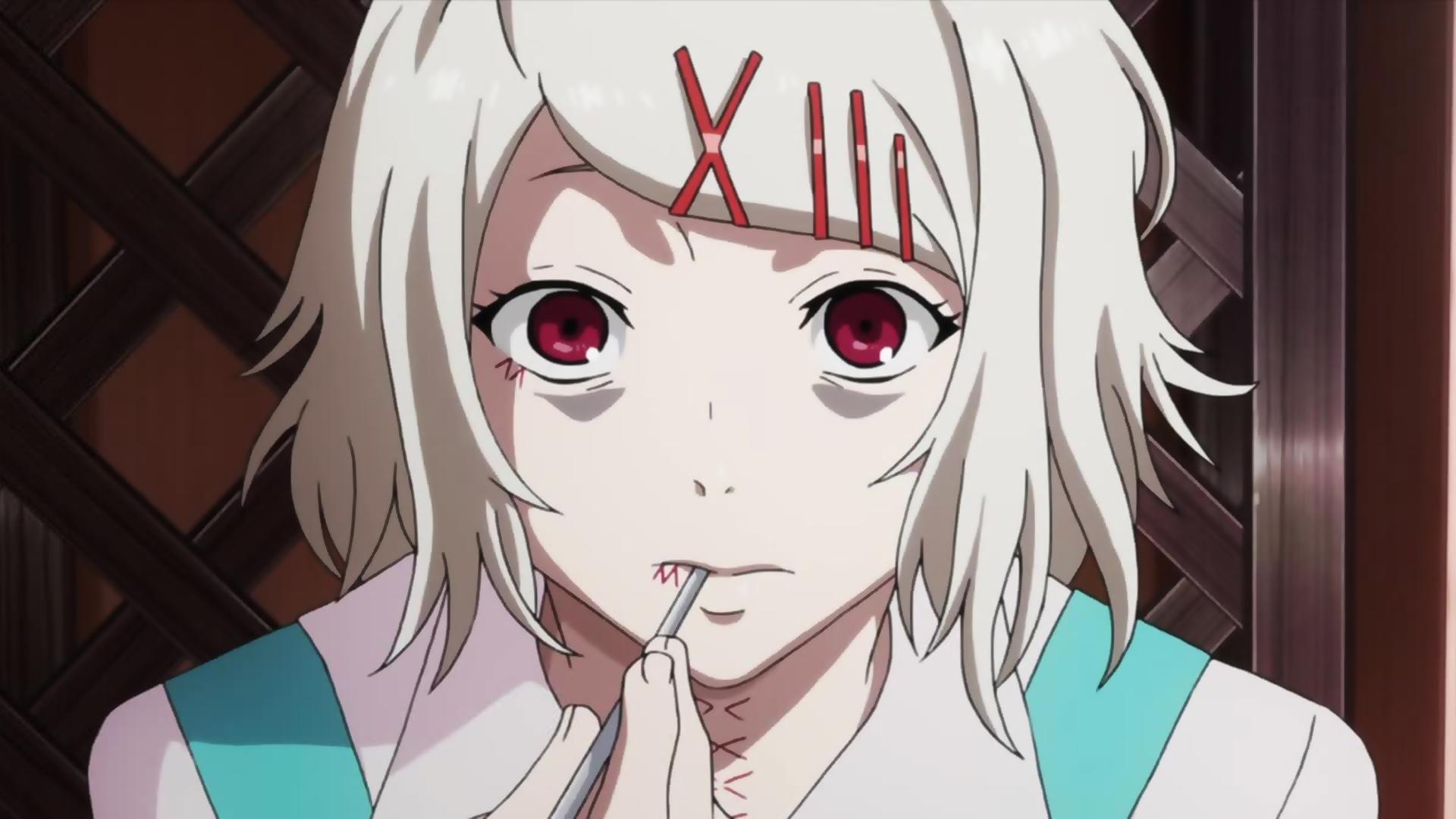The world of anime It is known for its diversity and creativity, but it can also be controversial at times. Like any art form, anime can explore intense and challenging themes, occasionally leading to certain series becoming the subject of controversy and, in some cases, being banned in certain countries.
These bans are usually the result of complaints and protests by groups who believe that the content of certain anime is inappropriate or too extreme. In some cases, governments have intervened and officially banned the distribution or broadcast of certain series in their territory.
The content that typically triggers these bans can vary, from graphic violence and explicit sex scenes to politically sensitive topics or social criticism. Some anime have been censored or banned due to their depiction of extreme violence or disturbing situations, while others have been the subject of controversy for tackling taboo or politically sensitive topics.
Despite these bans, anime remains a very popular form of artistic expression around the world. However, it is important to recognize that, like any other entertainment medium, anime can have a significant impact on its audience and therefore it is crucial that viewers are aware of the content they consume and that the decisions are respected. of countries regarding the regulation of said content.
- Kiseijuu: Sei no Kakuritsu (Parasyte: The Maxim) in China: China banned at least 38 different anime in 2015, including Parasyte. In this popular science fiction and horror anime, the protagonist, Shinichi Izumi, fuses with an alien parasite and gains strange powers. Next, he battled other monstrous human-alien hybrids. No exact reason was given for the ban. The only thing that was known was that the Parasyte seinen anime could not be distributed online or in print in China. However, one of the most likely reasons for the ban was Parasyte’s body horror and gore. Judging by recent bans, China seems to have a habit of banning anime with large volumes of blood.

- Tokyo Ghoul in Russia and China: Tokyo Ghoul is one of the best-selling manga of all time and one of the most popular (if polarizing) manga adaptations of the 2010s. But in 2017, it was banned in China because some believed it encouraged a dangerous trend of manga. teenagers to sew threads into their skin, or to wear embroidery and piercings. According to the International Business Times, Tokyo Ghoul was also blacklisted because it featured several scenes of great violence and “crimes against public morality.” Although Tokyo Ghoul tried its best to contain scenes of torture and cannibalism, Chinese censors found them too unpleasant. More recently, Sony pulled the Tokyo Ghoul anime from Russia, having recently removed all of its anime services in that country.

- Midori: The Camellia Girl (Chika Gentou Gekiga: Shoujo Tsubaki) in almost the entire world: Shoujo Tsubaki has a very dark and disturbing plot. The controversial anime followed Midori, a 12-year-old girl, during her stay in a twisted and cruel circus. There she suffered abuse and humiliation until she met a strange magician. From that point on, things only got worse and more disturbing. For some time, Shoujo Tsubaki was considered a lost and banned anime. Many people destroyed the tapes when it was released, and it was even banned in Japan. Uncut masters were not released from confiscation until 2013. Shoujo Tsubaki is easier to watch today, but is still banned in many countries.

- Choujin Densetsu Urotsukidouji: Inferno Road (Urotsukidoji IV: Inferno Road) in almost all over the world: The Urotsukidoji: Legend of the Overfiend series is one of the most famous anime in history. These ultra-violent hentai were almost always denied a mass release, or were heavily censored wherever they were published. The fourth installment, Inferno Road (or Infernal Road in some territories), was one of the most banned anime in history. Inferno Road was, without a doubt, the most disturbing and suggestive installment of Overfiend. To this day, Inferno Road is still banned in many countries, or at least incredibly difficult to watch legally. For comparison, the original Overfiend was remastered on Blu-Ray, but Inferno Road was last released as a regular DVD or as part of a game.

- Shingeki no Kyojin (Attack on Titan) in China: Fans of Shingeki no Kyojin will not be surprised to learn that it has been banned in China. The popular anime featured humans being eaten by huge cannibals. The anime has so many gory and terrifying moments that you could say it is more of a horror anime than a war story. However, violence was not the only reason for its ban. China did not like the theme of Shingeki no Kyojin, in which youth oppose authority by all means. The Chinese government also considered the banned anime to be a commentary on China’s relations with Japan, and possibly Hong Kong. They believed the Titans represented China in a negative light.

- Pokémon The Anime Series in Saudi Arabia: Pokémon is a global phenomenon and is broadcast in many languages and in many countries. Although some episodes were banned in some countries for their sensitive or harmful content, Saudi Arabia banned the anime entirely. This was done for several reasons, including religious ones. Saudi Arabia viewed games as a form of gambling, which the banned anime promoted. The Pokémon anime also featured evolution prominently, which went against the country’s religious teachings. Finally, the government accused Pokémon of using Shinto and Christian symbols, which it considered a religious offense.

- Hetalia: Axis Power in South Korea: In the very popular Hetalia: Axis Powers, each character represented a country. Characterizations of him were often based on generalizations and stereotypes. For example, the friendship between Italy, Germany and Japan was clearly based on their alliances in World War II. South Korea, for its part, considered its representative insulting. One specific complaint was that the South Korean hanbok was poorly drawn. His perverted behavior was also considered offensive. Lastly, he openly praised Japan, which some South Koreans considered unacceptable given the harsh histories of South Korea and Japan. In response, South Korea was erased from this franchise.

- Shuumatsu no Walküre (Record of Ragnarok) in India: In Record of Ragnarok, the religious deities were real and wanted to kill humanity. Humanity’s only chance for survival was to fight the eccentric gods they once worshiped in a cosmic tournament. One of these gods was the Hindu god Shiva. India found the anime incarnation of Shiva so offensive that the country banned Record of Ragnarok. Hindus were offended by Shiva’s drastic change in appearance. They also criticized Shiva’s portrayal as a temperamental slacker. Netflix initially attempted to remove Shiva before removing the banned anime from Netflix India. However, the top Record of Ragnarok manga can still be purchased in the country.

- Death Note in China: Death Note revolves around themes such as death, justice and murder. In fact, the anime inspired real-life incidents, such as children making their own Death Notes, in which they wrote the names of people they didn’t like. They were clear imitations of the murderous actions of the intelligent villain Light Yagami. Incidents like these were part of the reason Death Note was banned in China. Some schools around the world have also attempted to ban Death Note manga – such as in Albuquerque, New Mexico – in response to similar events. However, they did not get enough votes to impose the ban on the entire district.

- Inferno Cop in China: Whenever China banned anime, the reasons were pretty obvious. Chinese censors typically banned anime that were too politically subversive or sexually suggestive. One of the strangest bans was imposed on Inferno Cop. The anime was a mindless comedy that was neither too violent nor too obscene. China’s broad justification for banning 38 anime in 2015 was that they included “violence, pornography, terrorism, and crimes against public morality.” Although Studio Trigger’s underrated Inferno Cop didn’t exactly meet these criteria, it was blacklisted. Fans of the banned anime laughed at this ban and took it as a source of pride.

- Kinnikuman in France: Kinnikuman’s story about the galactic struggle was quite innocent, except for a certain character: Brocken Jr. He was portrayed as a “good Nazi”, which made many people uncomfortable. He also wore a Nazi uniform due to his father’s role in World War II, but did not adhere to the hateful beliefs of Nazism. Brocken single-handedly got Kinnikuman banned in France. Likewise, his toy never officially arrived in the United States. Additionally, Nintendo games often ignored Brocken. Eventually, Kinnikuman changed Brocken Jr.’s design so that he did not carry Nazi symbols. In some cases, he was erased entirely.

- Fate Kaleid/Liner Prisma Illya in Russia: Fate Kaleid/Liner Prisma is a spin-off of Fate/Stay Night that reinvents the characters as magical girls. It became notorious for the excessive sexualization of its underage characters, which is a common way to censor or ban anime outside of Japan. To everyone’s surprise, Russia banned it due to its child pornography legislation. It should be noted that any anime that can be classified as “hentai” is legally prohibited in Russia. Interestingly, Russia also banned several isekai anime, despite not being as explicit as Fate Kaleid/Liner Prisma. Russian authorities reportedly feared that this type of anime would encourage viewers to take their own lives to escape to another world.

- Bishoujo Senshi Sailor Moon in Saudi Arabia: In Saudi Arabia there is a general rule that prohibits the media from presenting women as protagonists. This is partly why the entire magical girl genre is apparently outlawed in the country. Sailor Moon was the major magical girl anime that was banned in Saudi Arabia for religious reasons among others. For a long time, Toei refused to license Sailor Moon to Saudi Arabia due to its rigid moral standards. The ban against Sailor Moon was lifted slightly when Netflix added the movie Sailor Moon Eternal to the country’s library in 2021. With the exception of Sailor Moon Eternal, hundreds of magical girl anime remain banned in Saudi Arabia.

- Psycho-Pass in China: Psycho-Pass is a fairly PG-13 series with some graphic violence and strong themes, although few fans or government departments would consider it excessive. It’s in the same league as seinen anime like Ghost in the Shell and most cyberpunk stories, but the Chinese government still didn’t approve it. The original anime Psycho-Pass deals with the theme of challenging authority and social norms. Evidently, the Chinese government has a strict policy against any media outlets with such topics. Pyscho-Pass doesn’t comment directly on China, and its political themes are more universal than anything else. Even so, it was declared a banned anime in China.

Fountain: ComicBook Resources
